The truth is that in the animal kingdom, we cannot judge a book by its cover. This is because many species appear to be dangerous, yet in reality, they pose no threat to humans, despite their large size and fearsome weapons.
Animals That Seem Dangerous But Are Actually Harmless
In fact, from many angles, these creatures are often more afraid of humans than we are of them.
1. Basking Shark
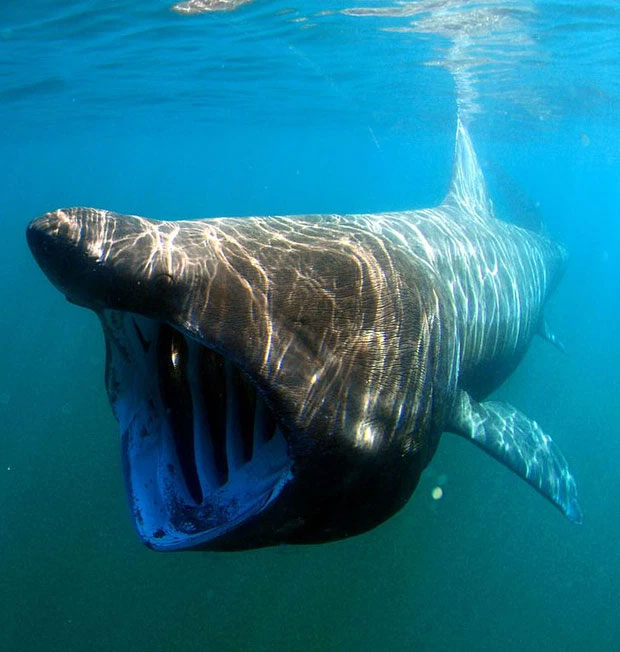
Also known as the basking shark, this giant shark species is the second-largest fish in the world, reaching lengths of up to 12 meters and weighing over 5 tons. Just imagine seeing one of these creatures open its mouth underwater; it could make your heart skip a beat!
However, this species is quite harmless to humans. Unlike carnivorous sharks, they only feed on plankton, small fish, and invertebrates.
2. Millipede
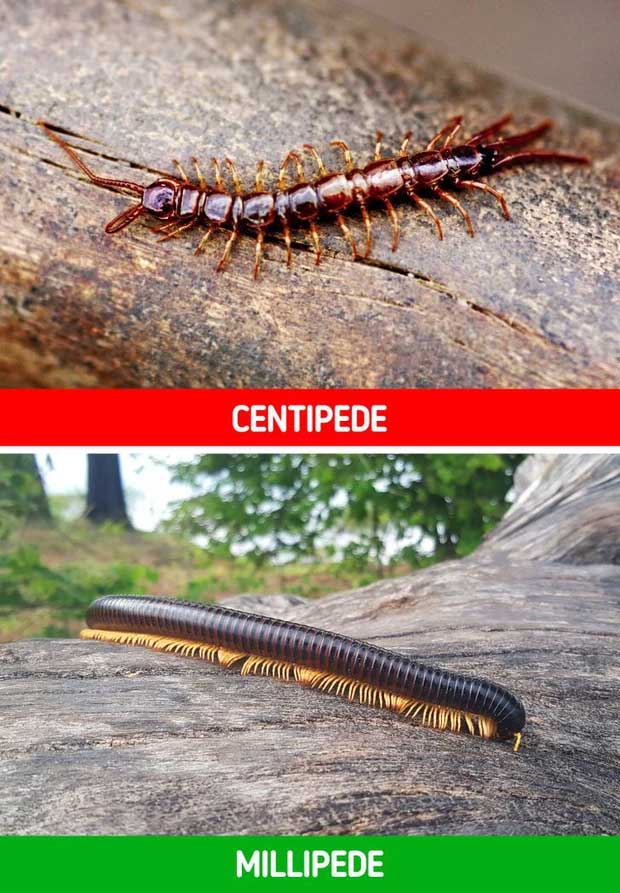
Centipedes (above) and millipedes both have many legs, but their danger levels are worlds apart.
People often fear creatures with more than four legs, such as spiders. Besides spiders, centipedes and millipedes are certainly among the organisms no one wants to encounter.
Both centipedes and millipedes can be quite large. The African giant millipede can grow up to 30 cm long, live for 5 to 7 years, and have around 400 legs.
But despite their intimidating appearance, millipedes are quite harmless. They survive on nutrients from decaying plant matter. Moreover, unlike centipedes, which have fangs and venom, millipedes cannot bite. They can secrete a type of chemical for defense, but this substance is usually harmless to humans.
3. Milk Snake
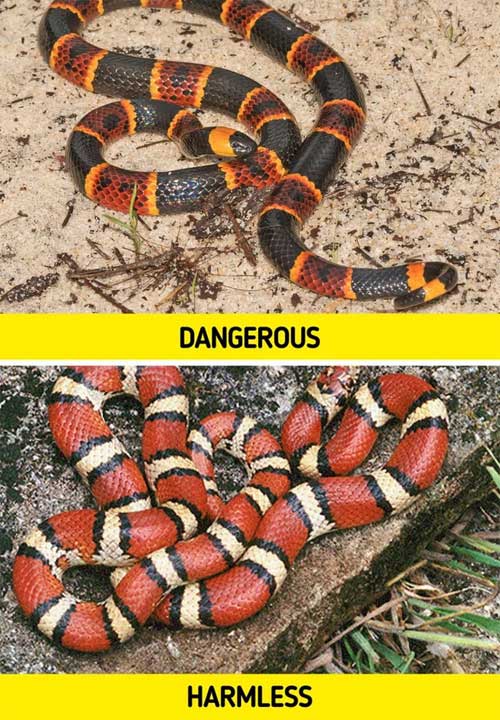
A characteristic for identifying venomous creatures is their coloration—typically, the more vibrant the colors, the more venomous they are. However, the milk snake defies this norm. Although it bears a striking resemblance to the highly venomous coral snake, the milk snake is harmless and contains no toxins. Its coloration is merely a way to “pretend to be dangerous.”
4. Whale Shark
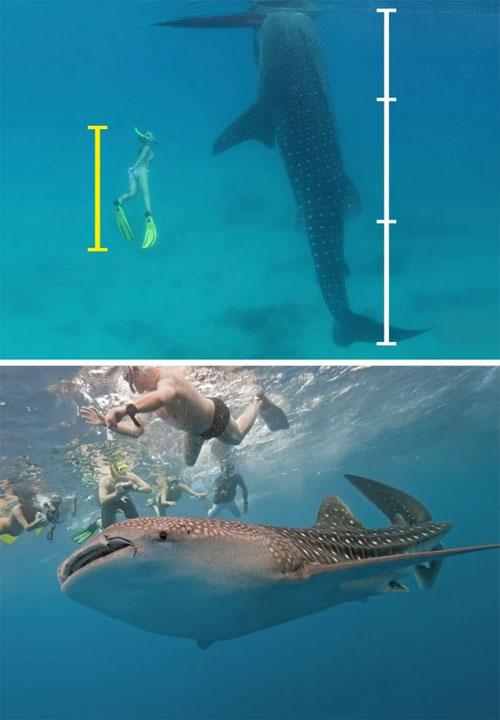
If the basking shark is the second-largest fish in the world, then what is the largest? It’s the whale shark—note that it is not a whale, as whales are mammals. A female whale shark can grow up to 20 meters long, while males are slightly smaller. Despite their intimidating size, whale sharks do not attack humans.
5. Whip Scorpion
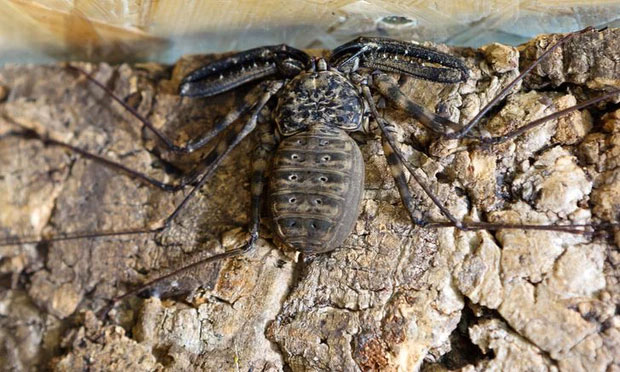
This creature, which appears to be a mix between a spider and a scorpion, understandably frightens many people. However, despite their appearance, whip scorpions are quite shy and rarely aggressive. Moreover, this species is non-venomous, posing no threat to humans. On the contrary, they help control pest populations—especially cockroaches.
6. Giant Salamander
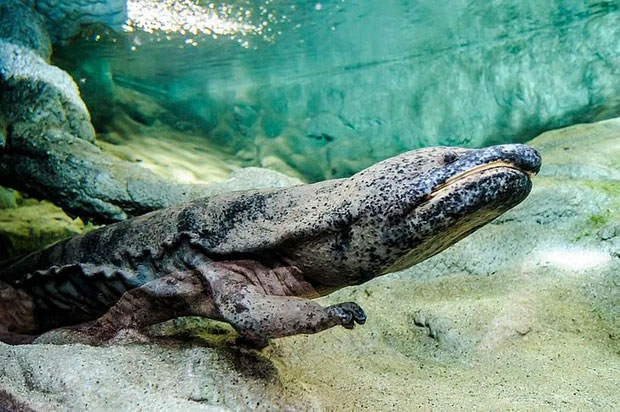
China is home to a species of giant salamander—the largest amphibian in the world—which can reach lengths of up to 1.8 meters.
Despite their dinosaur-like appearance, they only eat insects, small fish, and small amphibians. Unfortunately, the giant salamander population is threatened due to environmental pollution and poaching.
7. Tarantula
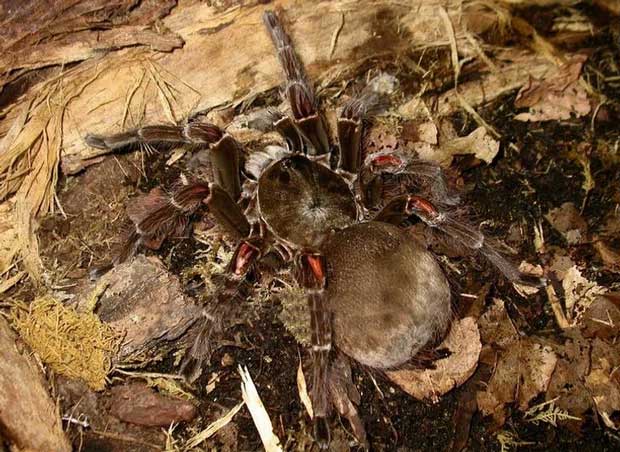
Among the organisms that have the most “deceptive” appearances, the tarantula certainly ranks high. With its large body and hairy legs, a tarantula can intimidate many people when encountered.
However, they are quite harmless. Although they have venom, it is very weak—less potent than that of a bee. Many people even keep them as pets due to their fascination with spiders. Clearly, they look more intimidating than they actually are!
8. Gharial
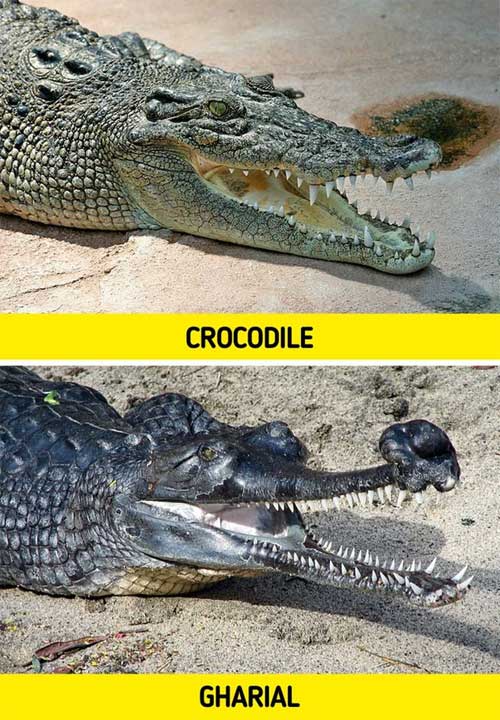
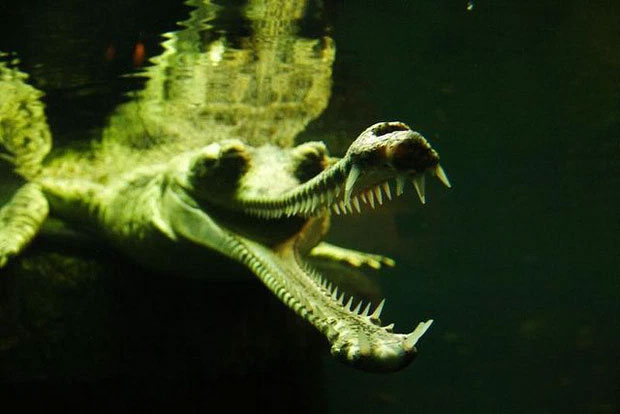
These are the gharial—also known as the Indian crocodile—possessing many characteristics similar to other crocodile species, except for one feature: their very long and narrow jaws. You might also refer to them as sharp-nosed crocodiles.
Crocodiles are typically large carnivorous predators that can pose a danger to humans. However, these gharials, despite their jagged teeth, have very delicate jaws that are easily broken and do not dare to attack anything larger than themselves.





















































